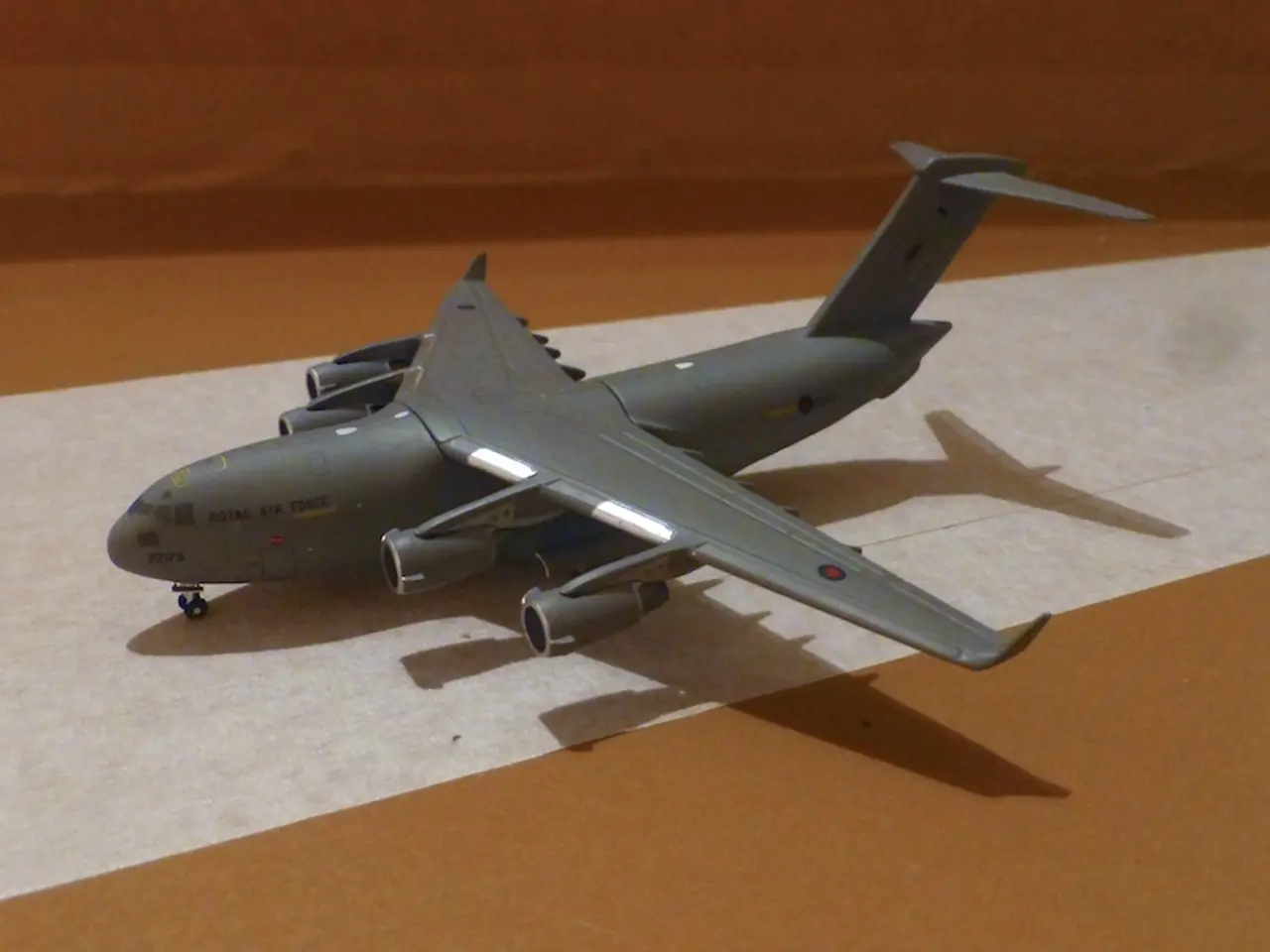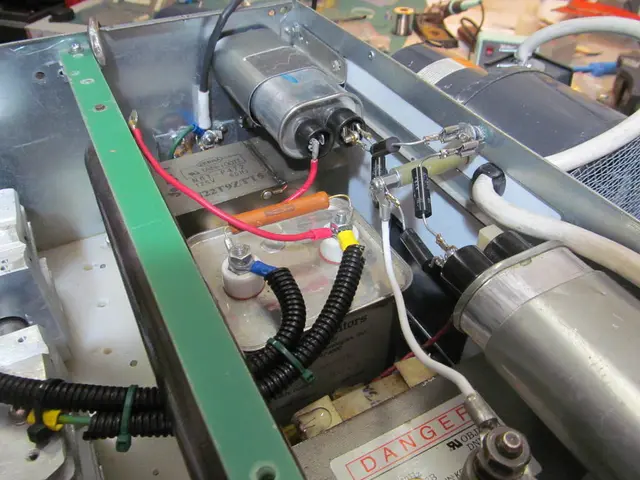Tactical Air Superiority Pursued by the Unconquerable F-15 Eagle Fighter Jet
**Latest Developments and Upgrades on the F-15 Eagle Fighter Jet**
The F-15 Eagle, a military aircraft that has been serving actively for over four decades, is undergoing significant updates and expansions. The U.S. Department of Defense has proposed increasing the F-15EX Eagle II fleet from 98 to 129 aircraft in its Fiscal Year 2026 budget, reflecting a significant boost in procurement.
Boeing, the manufacturer of the F-15, is on track to deliver more than 90 F-15EXs, with a production goal of two jets per month by the end of 2026. The Pentagon has requested $3.1 billion to continue procurement, underscoring the jet’s importance in both replacing aging F-15C/Ds and complementing fifth-generation platforms like the F-35.
The F-15EX is also slated to replace the A-10 Thunderbolt II within the Michigan Air National Guard, expanding its mission roles. Two F-15EX jets recently deployed to Kadena Air Base, Japan, for integration and familiarization training, as part of preparations to replace the retiring F-15C/D fleet stationed there for nearly 50 years. The U.S. Air Force plans to station 36 F-15EXs at Kadena starting next spring, maintaining the base’s critical role in the Indo-Pacific region.
The F-15EX Eagle II represents a substantial upgrade over earlier F-15 models, featuring unmatched payload, extended range, advanced digital avionics, and next-generation defensive systems. Its open architecture allows for rapid integration of new technologies, ensuring relevance in future conflicts.
The F-15EX can carry up to 12 air-to-air missiles (AMRAAMs), with hard points for a variety of ordnance. Conformal fuel tanks extend its range without reducing weapon-carrying capability. Advanced digital avionics and an open mission systems architecture facilitate rapid upgrades.
The EPAWSS Suite (Eagle Passive/Active Warning Survivability System) is a key defensive system. It detects threats, jams radars, deploys countermeasures, and adapts mid-mission—effectively a digital force field. The first-ever fly-by-wire system replaces hydraulics, enabling smoother, more precise handling.
The F-15EX is also being evaluated for future integration of hypersonic missiles, enhancing standoff and strike capability. Enhanced electronic warfare and countermeasures ensure its survivability in contested environments.
With ongoing production and planned deployments, the F-15EX is set to remain a cornerstone of U.S. airpower for years to come. The F-15 Eagle, first developed in 1969, continues to demonstrate its durability, versatility, and effectiveness in various roles, making it one of the most powerful and deadly tactical military aircrafts currently in active service in the U.S. Military.
In accordance with the proposed increase in the F-15EX Eagle II fleet, the U.S. Air Force could potentially integrate advanced technology, such as hypersonic missiles, enhancing its standoff and strike capabilities in sports-like maneuvers across the battlefield. As the first military aircraft to introduce a digital force field with the EPAWSS Suite, the F-15EX Eagle II further illustrates how technology advancements can revolutionize sports-inspired competition in the realm of air combat.




